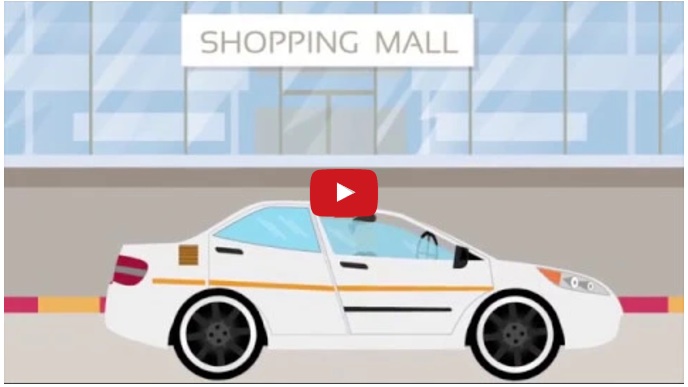
The definition of work has changed drastically in the last 10 years. The emergence of marketplaces such as Uber, Airbnb, and Mechanical Turk has allowed sellers to connect with potential buyers in new and exciting ways. This, in turn, has empowered thousands of micro entrepreneurs. We are moving from a 9-to-5 culture to a flexible environment where working hours, rewards, and service quality have gone from centralized entities to free-market variables. Meanwhile, the workforce is looking for a fair reward structure and transparent policies.
This new economy lets companies obsess about end-customer experience but does not allow them to directly control it. Their offering/product now becomes not only their technology (or app) but the ecosystem of sellers who are selling through them. To succeed in the new economy, they need more than just sophisticated matching and pricing algorithms. They need responsible sellers who can deliver good service irrespective of their background and pre-conceived notions.
So training becomes not just an optional endeavor but central to company’s product strategy.
This is a huge challenge for any organization to take up. Imagine training a workforce of half a million people spread over eight countries speaking 14 different languages with different mannerisms, culture, history, and so on. How can a business plan to keep the customer experience uniform across these geographies?
The key is to articulate the company culture and values in simple and no-nonsense terms. And then present this message in an engaging format, using a good storyline and relatable characters. This content then can be pushed out to users to consume it on their devices.
Case Study: Uber
Over the last year, I have been working with one of the biggest and most diverse marketplaces in the modern economy, Uber. It serves a wide range of sellers, from full-time drivers who make their livelihood through their platform to regular office-goers who use it to carpool and make some money on the side. Everyone’s expectations from the platform are different, though they are all bound by the common thread that makes every Uber ride a delightful experience. Clean cars, polite conversations, and rider safety are paramount to the success of this business, and Uber needs to put this message out very clearly.
The challenge in front of the Uber team is to instill the culture of supreme customer experience in more than 500,000 drivers working for them across Asia-Pacific in 12 languages. India by itself has five different languages.
Below are a few videos produced by Uber’s Indian team to tell their drivers about how to behave in complex situations.
One of the primary problems in India (and other places in Asia) is limited accuracy of Google maps due to complex road routes. Many Uber drivers were using this as an excuse to not reach pick-up spots. In other cases, drivers had limited knowledge of how Google’s navigation system works and used to call up their riders to ask for detailed directions, which led to frustration. Uber used a real scenario demonstration of how this behavior could lead to reduced ratings, and therefore, earnings for their drivers. The goal was to bundle all the information.
In the second scenario, Uber was launching a new app, UberGURU, for its drivers. This app aims to help riders and drivers receive regular updates from Uber about best practices to follow while driving, changes in incentive structures, and inspiring driver stories.
The English versions of the two videos are still in production, but you can get a visual feel for them here:

Navigation: https://www.youtube.com/watch?v=uIH4xWqjePI

Uber Guru: https://www.youtube.com/watch?v=_v8TZzwZJpo
Visual content and storytelling have proven to be extremely effective for faster and more effective learning. We can connect with our audience using a variety of symbols, familiar backgrounds, and relatable characters. Videos are especially effective because they can be consumed on mobile devices while people are traveling, bored, or having a snack.
So here is an idea for a 2017 resolution: Let’s stop handing out lengthy training manuals that are seldom read and even rarely understood. Let’s make 2017 the year of “learning through stories.”
Vineet Markan is a tech entrepreneur who runs Birch (http://birchapp.io). It’s a service helping businesses produce creative content for training and marketing purposes. It has worked with major organizations such as Uber, Government of India, and Itel to produce crisp and informative content. Markan also can be reached on LinkedIn at: https://www.linkedin.com/in/vineetmarkan




